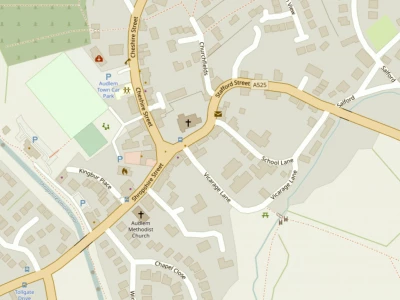







Recent chat on Chatbox has stimulated me to look afresh at this condition.
It is confined to rabbits; no other species is affected including hares. It was first reported from Uruguay in 1894. In the Cottontail rabbit of the Americas it only produces localised skin tumours. In the European rabbit it is highly pathogenic and mortality often reaches 95 to 97%
Australia had a history of rabbit plagues with an estimated population of about 600 million rabbits. They argued that 7 rabbits ate the equivalent amount of grass a single sheep. In contrast the New Zealanders quote a figure of 10 rabbits eating an amount the equivalent of a sheep.
My conclusion is that Australians like to exaggerate or their rabbits were far larger than those in New Zealand.
Myxamatosis was introduced into Australia in 1950 with a resultant reduction in the rabbit population from 600 million to less than 100 million over a period of 2 years.
A Dr Paul Armand Delille introduced it into his estate near Paris in 1952, in an effort to reduce the rabbit population on his estate. Within weeks rabbits were dying over 50 miles away. A year later over 90% of all French rabbits were dead, both wild and farmed.
#In Britain
Myxamatosis was illegally imported into West Sussex in 1953 and within two years the British population was reduced by 95%. Subsequently, populations recovered nearly reaching pre-1953 levels only for a new wave of disease to sweep through and once again decimate the population.
Myxamatosis is transmitted either by direct contact or by rabbit fleas, which are usually present in large numbers in burrows. The early survivors tended to be free living (non burrowing individuals) or those immune to the disease. The virus “drifts” in that its virulence varies from one outbreak to another. The recent outbreak in the vicinity of Audlem appeared to be a particular virulent strain.
Incubation is short from 4 to 14 days. The disease is characterised by swollen eyelids and a marked lethargy. Sick rabbits are easy prey for predators as well as at high risk when they, blind, stray onto roads.
#Vaccine
Rabbit farming is big business on the Continent and considerable losses occur from Myxamatosis outbreaks. This led to veterinary pharmaceutical companies investigating the possibility of developing a vaccine.
Much effort was put into trying to find an inactivated product. None were successful. Eventually Intervet, who quickly developed the Bluetongue vaccine for us in 2007, discovered that the Shope fibroma virus gave excellent protection.
Its application is not easy as part of the dose must be given into the skin and it takes 14 days to confer full immunity. In addition it requires an annual booster dose.
What must not be forgotten is that before 1953, UK agriculture lost over £50 million to the ravages of rabbits – not only grass but large amounts of corn from field margins. During the war food production was to an extent compromised by rabbits and in the 1940s much of Australia’s fertile areas became dustbowls.
Whilst Myxamatosis is a terrible disease and undoubted causes major welfare concerns, one can understand the attitude of the Australians and to a certain extent ourselves in the 1950s. It is unwise to decry our forbearers' actions by applying today’s standards to those of over half a century ago.
In conclusion Myxamatosis is confined to rabbits and in the case of pet rabbits an effective vaccine is available. Handling infected rabbits to end their misery is in no way harmful to either people, dogs or cats.
Audlem Online adds: We have asked Chris Lewis to be the website's Countryside and Veterinary correspondent and he has agreed to write articles on issues, such as this one on Myxamatosis. We hope many will find his articles of interest.
This article is from our news archive. As a result pictures or videos originally associated with it may have been removed and some of the content may no longer be accurate or relevant.
Get In Touch
AudlemOnline is powered by our active community.
Please send us your news and views using the button below:
Email: editor@audlem.org


